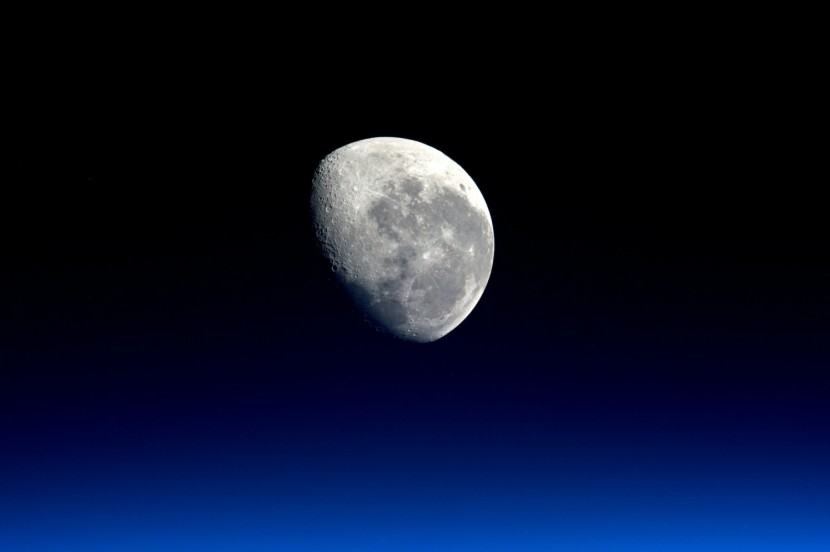
The Japanese startup ispace aims to make history and become the first private firm in the world to land on the moon with its Hakuto-R Mission 1 (M1) spacecraft on Wednesday morning, April 26.
According to Reuters, the M1 lander is expected to make its landing at around 1:40 AM Japan time (16:40 GMT Tuesday). It was launched in December 2022 from Cape Canaveral, Florida, atop a SpaceX rocket.
Recovery From Setbacks
For Japan, which hopes to send people to the moon by the late 2020s and is making significant investments in space technology in order to develop domestic industry, success would be a welcome turnaround from the recent losses Japan has had in the space technology sector.
The loss of Japan Aerospace Exploration Agency's (JAXA) brand-new medium-lift H3 rocket to forced manual destruction in orbit last month was one of the agency's greatest setbacks in recent memory. When the solid-fuel Epsilon rocket launched by JAXA in October 2022 and promptly crashed, it had been in operation for less than five months.
See Also : China's Tianwen-1 Orbiter Captures Stunning Photos of Mars, Unveiling Global Maps of the Red Planet
To Land on the Moon
Chief Technology Officer Ryo Ujiie told reporters on Monday, April 24, that the 2.3-meter (7.55-foot) M1 will begin an hour-long landing phase in the coming days. It is currently orbiting the moon at about 100 kilometers (62 miles) above the surface at about 6,000 kilometers per hour (3,700 miles per hour).
Using the moon's gravity as an advantage, Ujiie compared slowing the lander to the required velocity to "stepping on the brakes on a running bicycle at the edge of a ski jumping hill."
Reuters reported that India and a private Israeli firm had made unsuccessful efforts in recent years to join the United States, the former Soviet Union, and China as the only countries to have completely soft-landed a spacecraft on the moon.
Two rovers, one the size of a baseball and built by JAXA, Tomy, and Sony, will be deployed from the M1 once it reaches the landing location on the outskirts of Mare Frigoris in the northern hemisphere of the moon. The Rashid Rover, developed by the UAE, will also be deployed.
To see how various items cope on the moon, the M1 is also transporting an experimental solid-state battery developed by NGK Spark Plug.
The Ultimate Goal
The M1's second flight is planned for 2024 and will deliver the ispace's own rover. Beginning in 2025, the M1 will start collaborating with the US space lab Draper to transport NASA cargo to the moon. It has the ultimate goal of establishing a permanently inhabited lunar colony by 2040.
The Tokyo-based lunar transportation startup's shares made a scorching market debut on the Tokyo Stock Exchange this month as investors believed its lunar development and transportation company would meet Japan's national strategy of defense and space exploration.








